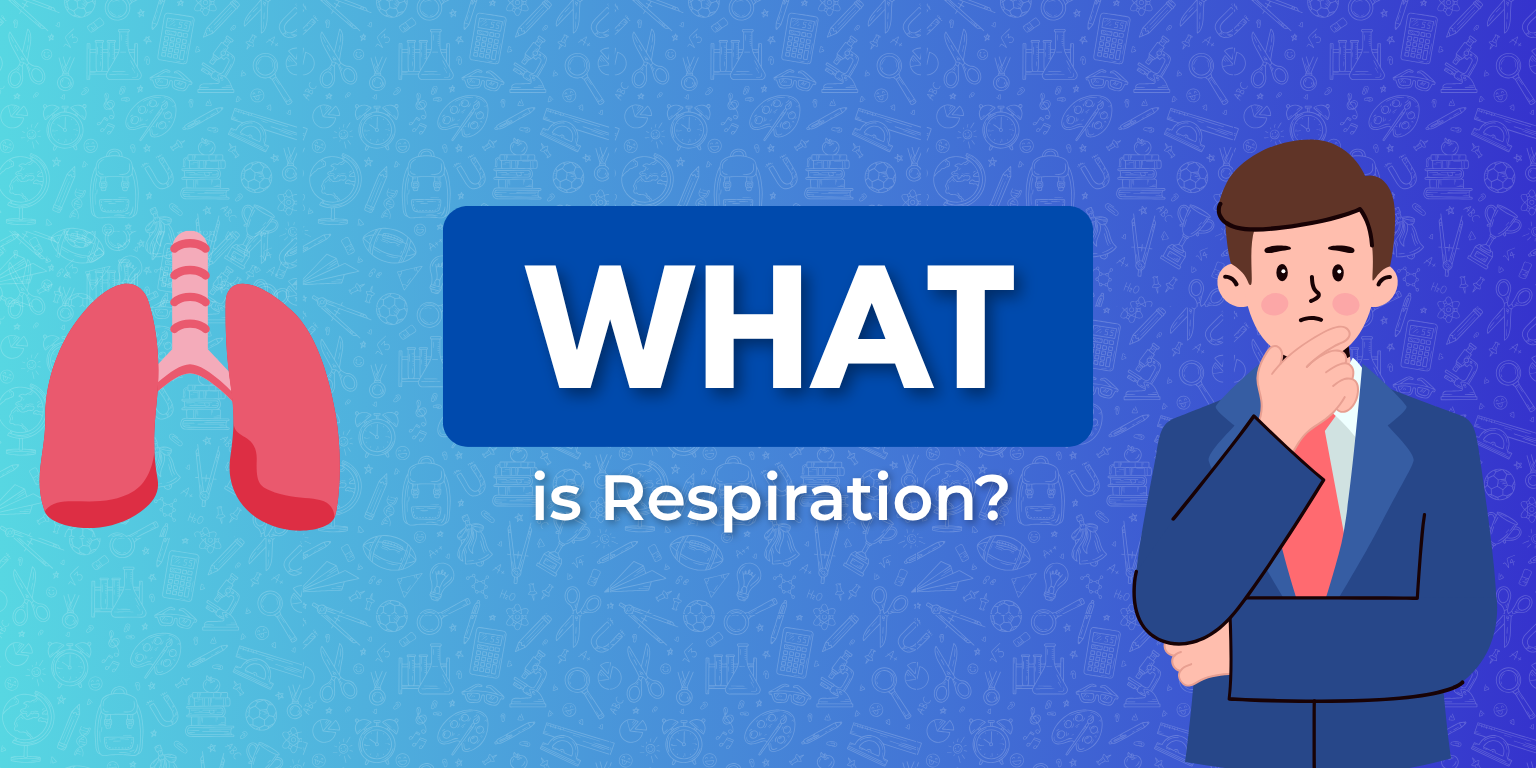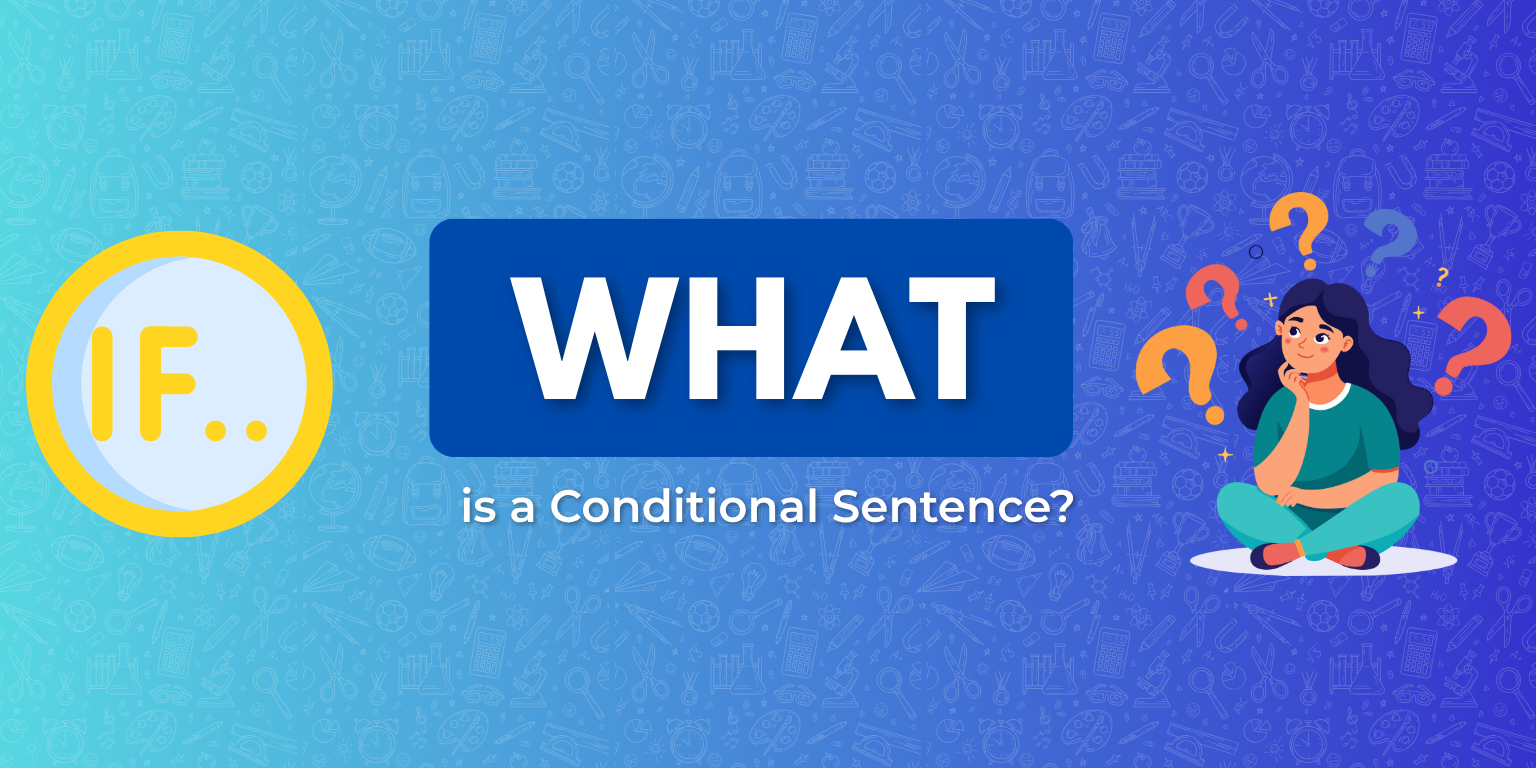An affirmative sentence tells something is true. It says “yes” to actions, facts, or ideas.
Understanding what is an affirmative sentence helps you write clearly and speak with confidence.
Many students and professionals use this guide to improve grammar skills fast.
Let’s explore the types, how to form them, and where to use them in everyday English.
What Is an Affirmative Sentence?
An affirmative sentence is a statement that agrees with reality. It expresses positive meaning without using “not” or negative words.
Examples:
- She loves coffee.
- They are going to school.
- I will help you.
These sentences are simple, clear, and direct.
“Get success in exams with our 1-on-1 or group english tutoring sessions.”
Types of Affirmative Sentences
There are three main types:
Simple Affirmative Sentence
One subject and one verb.
- She reads every day.
- We study English.
Compound Affirmative Sentence
Two clauses joined by “and” or “but.”
- He plays guitar, and she dances.
- I wanted tea, but she asked for juice.
Complex Affirmative Sentence
One main clause and one dependent clause.
- When she smiles, I feel happy.
- After he finished dinner, he watched a movie.
“Book a free assessment for english tutors.“
Formation of Affirmative Sentences
Affirmative sentences change with tense. Here’s a simple guide:
Present Simple
Use base verb (add s for he/she/it).
- I eat breakfast.
- She eats fruit.
Present Continuous
Use am/is/are + verb+ing.
- I am eating.
- They are playing outside.
Past Simple
Use verb + ed (regular) or irregular.
- I watched a movie.
- She went to the park.
Past Continuous
Use was/were + verb+ing.
- He was reading at 5 PM.
- We were sleeping when it rained.
Future Simple
Use will + base verb.
- I will call you tomorrow.
- They will visit next week.
Present Perfect
Use has/have + past participle.
- She has finished her work.
- We have seen that movie.
Examples of Affirmative Sentences
In Conversation
- I love your new dress.
- We are planning a trip.
- He will join us later.
In Writing
- The report is complete.
- I submitted the assignment.
- We have received your email.
In Academics
- Photosynthesis occurs in plants.
- The study has shown clear results.
- Researchers will publish the findings.
Why Use Affirmative Sentences?
- They are clear and direct
- Easy to understand
- Used everywhere: speaking, writing, emails, tests
- Help build strong grammar skills
Conclusion
You’ve learned what is an affirmative sentence, its types, how to form them, and real examples. Practice these in daily writing and speaking to strengthen your English.
Start with simple sentences, then try compound and complex forms. Soon, using affirmative sentences will feel natural.
Read more What Is a Negative Sentence? Ways to Form a Negative Sentence
FAQs
1. What is an affirmative sentence?
A statement that expresses a positive truth, without using negative words.
2. How many types are there?
Three: simple, compound, complex.
3. Do you need special words?
No. Just use the correct verb form for the tense.
4. Are affirmative sentences used in tests?
Yes. They are common in writing, grammar, and speaking exams.
5. How can I practice?
Write examples in each tense, read books, and speak using positive statements.



